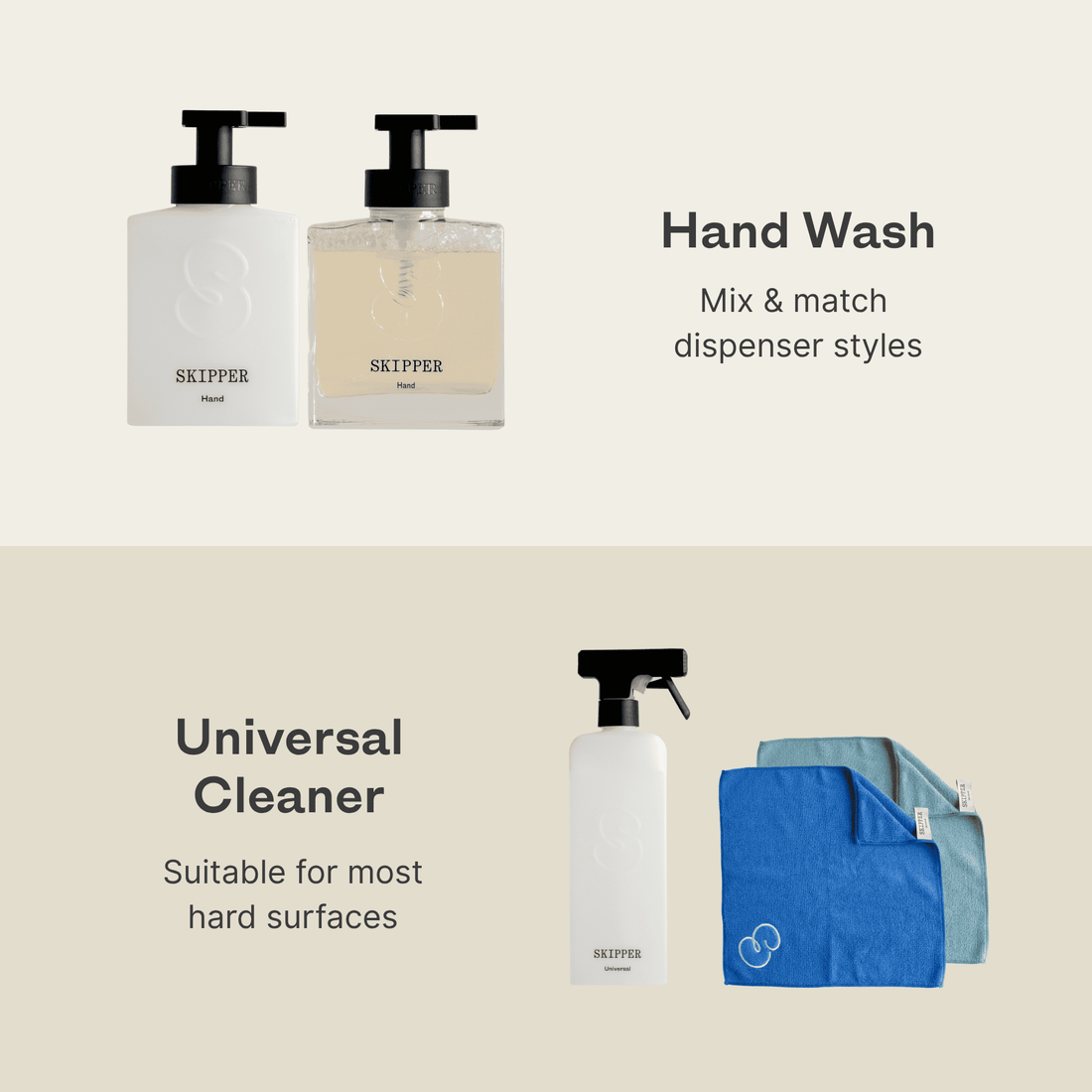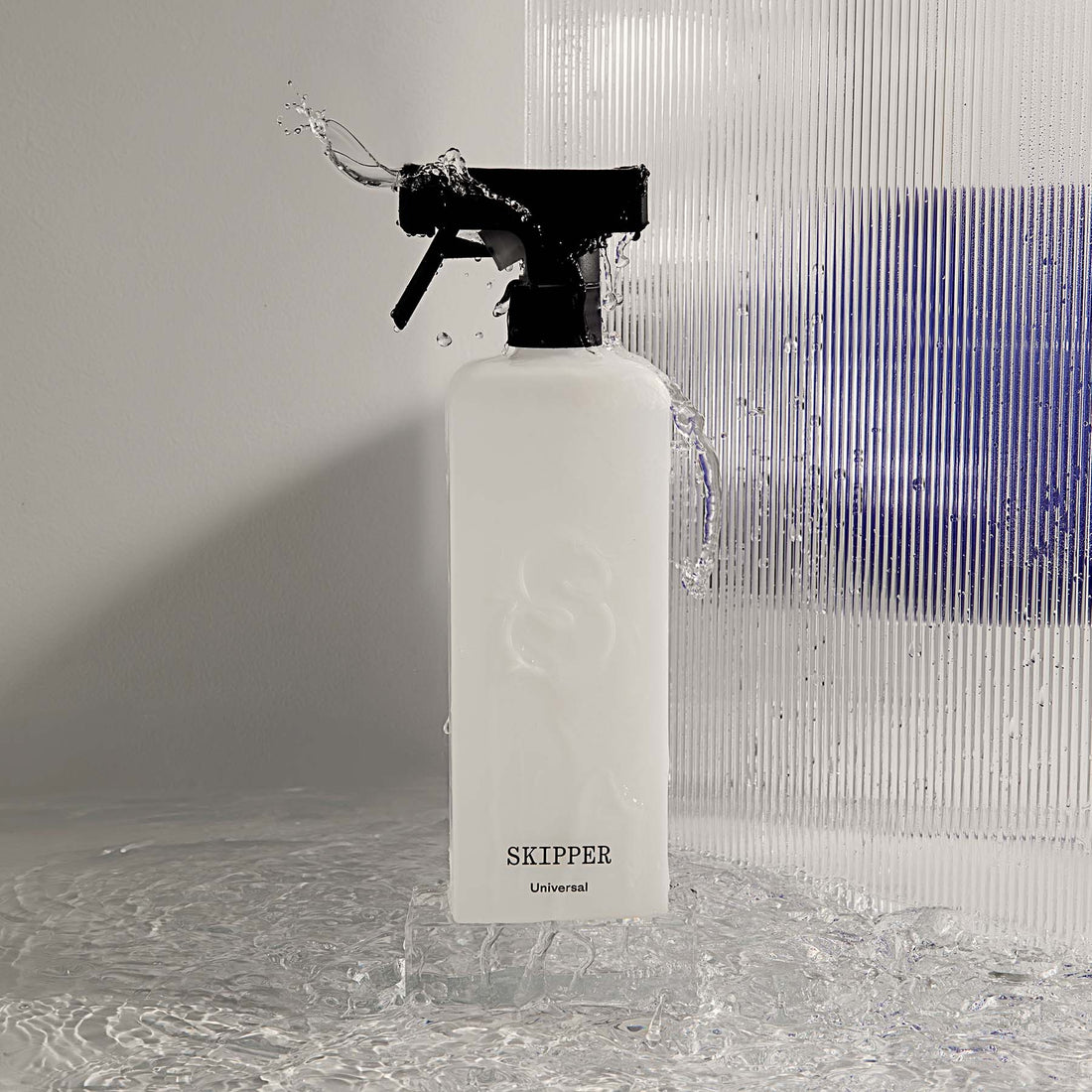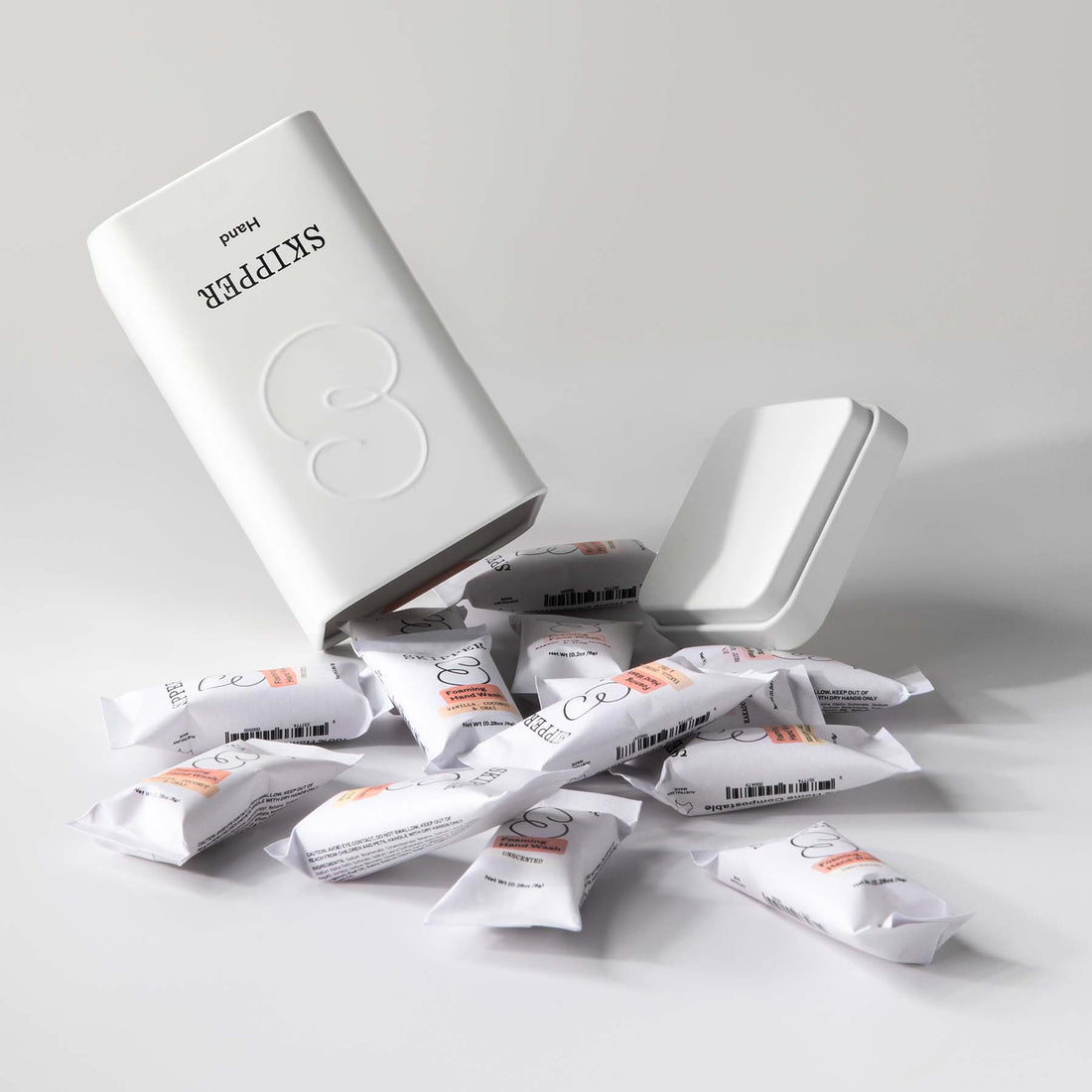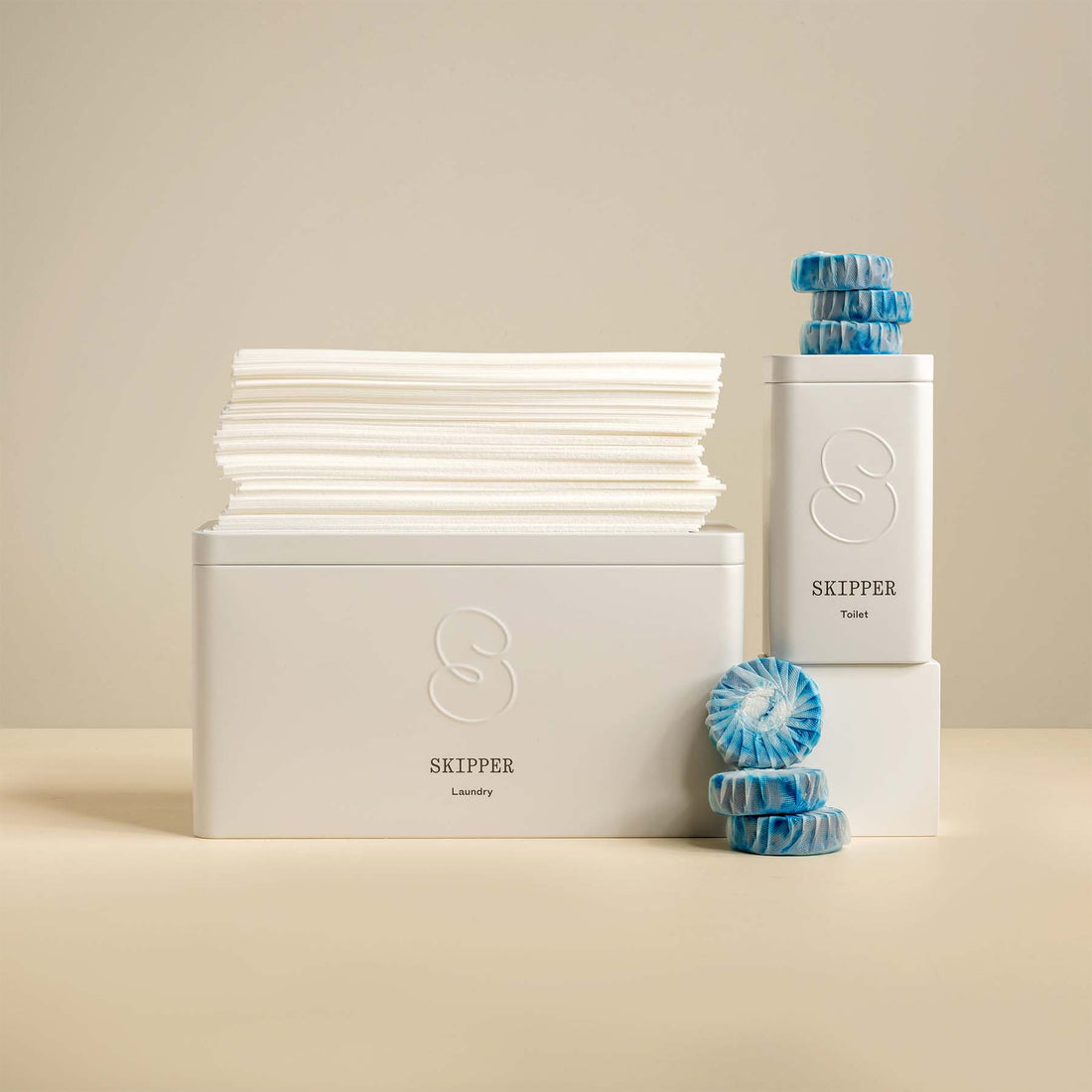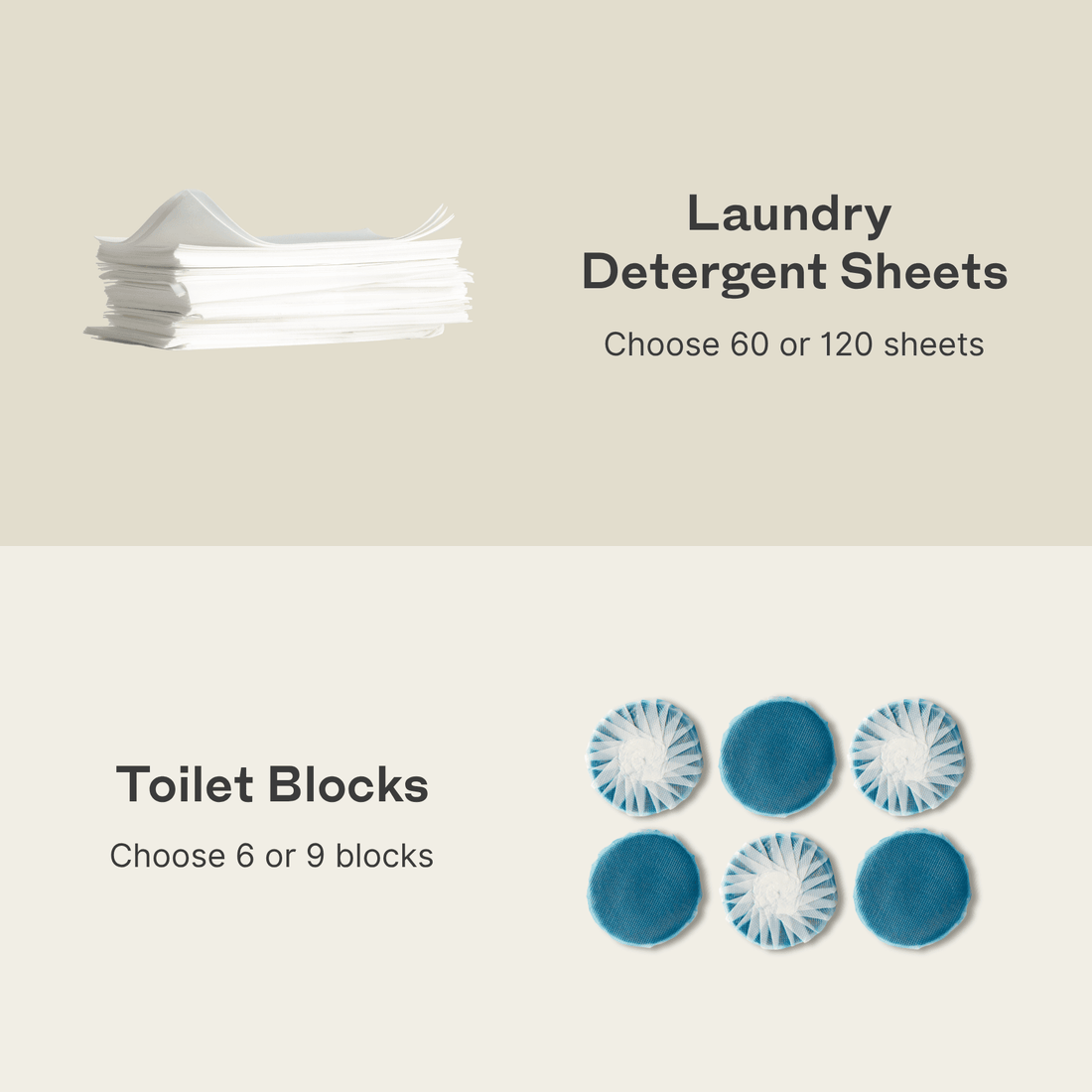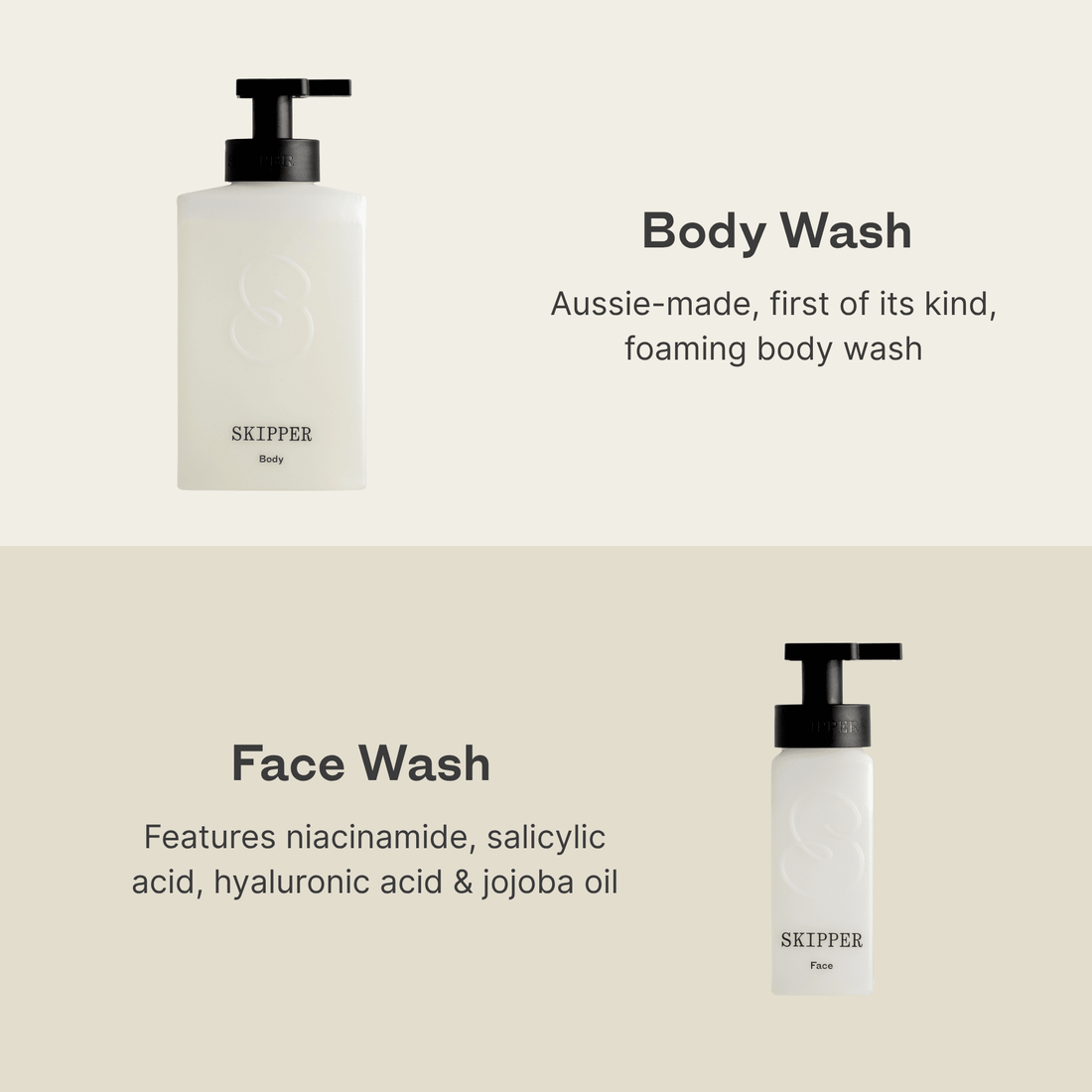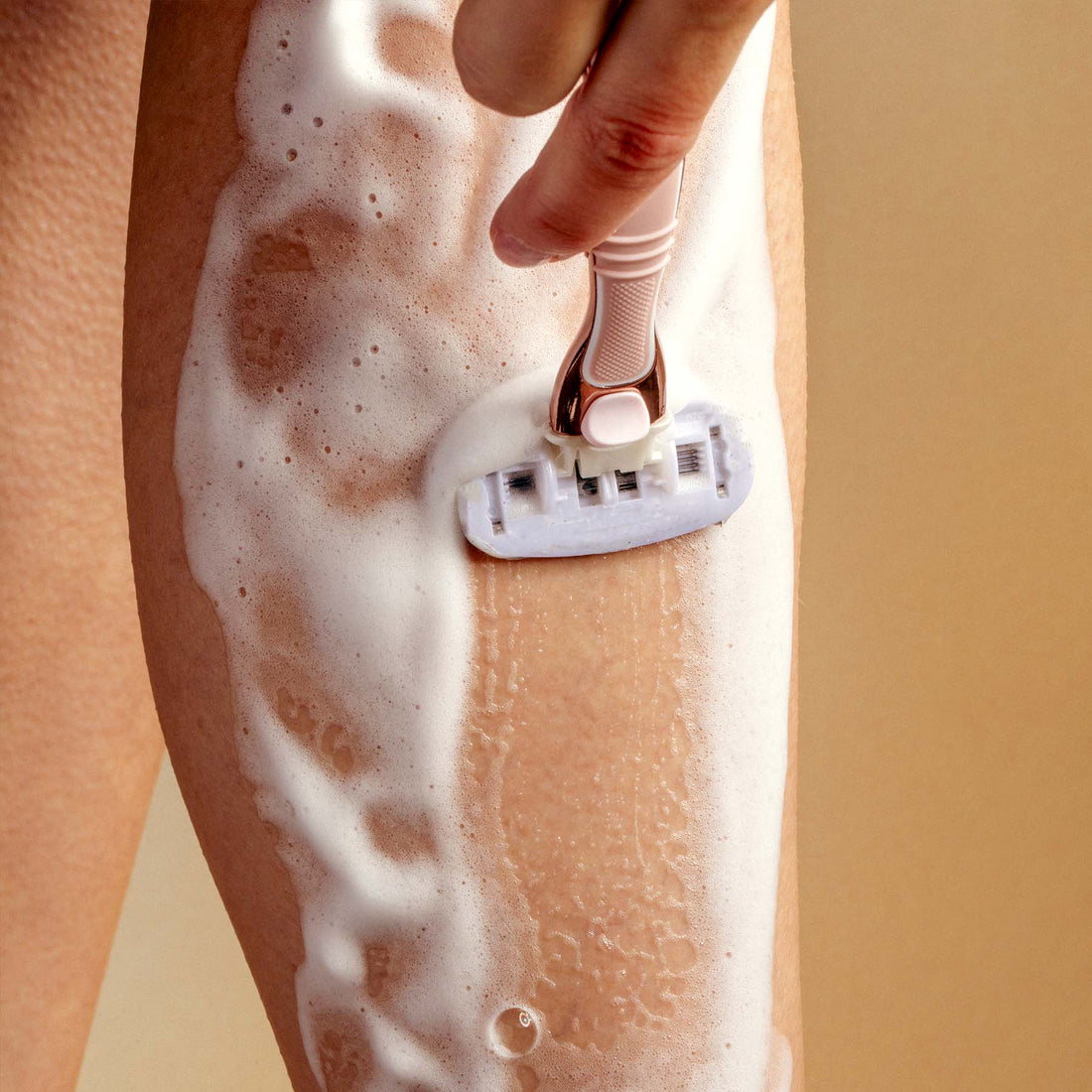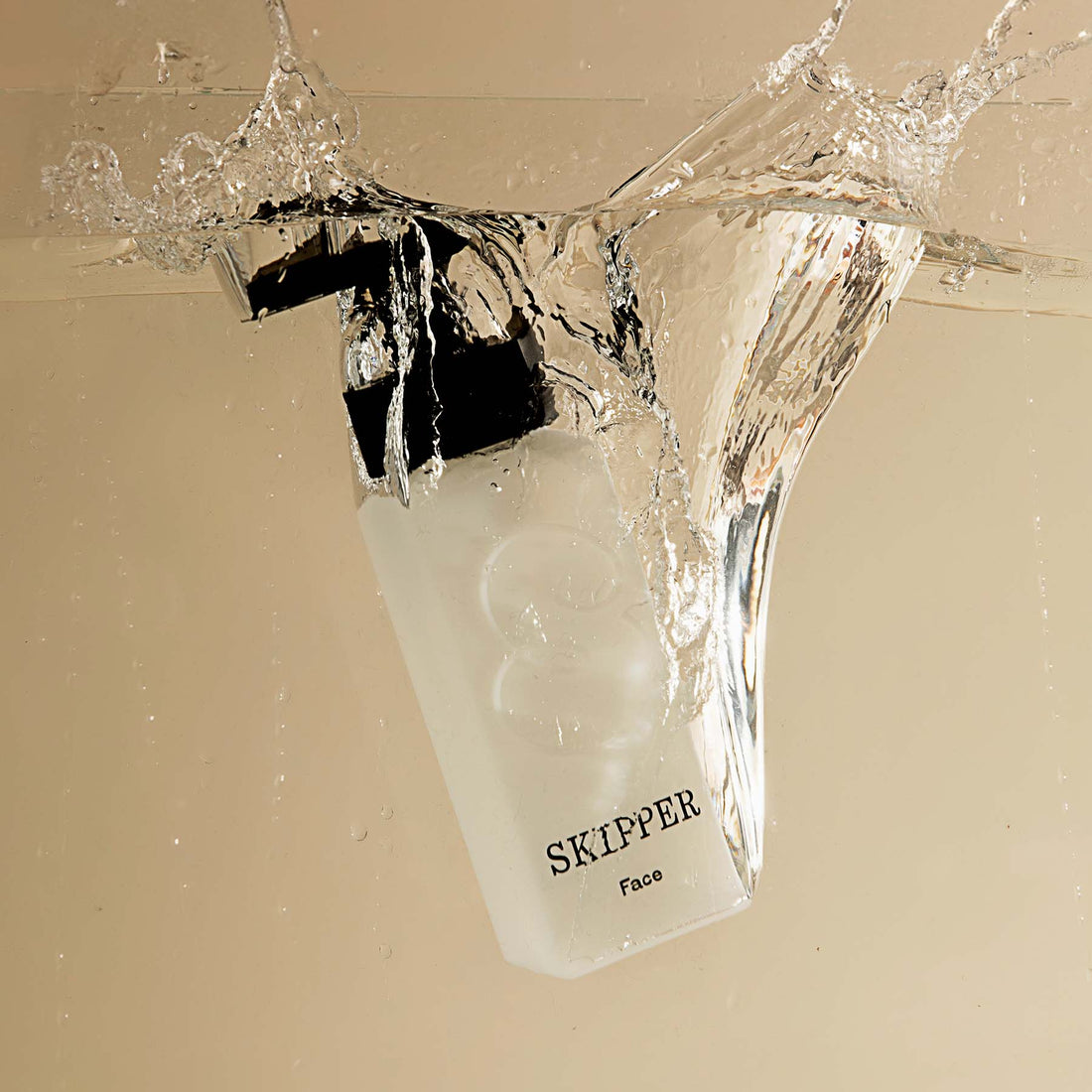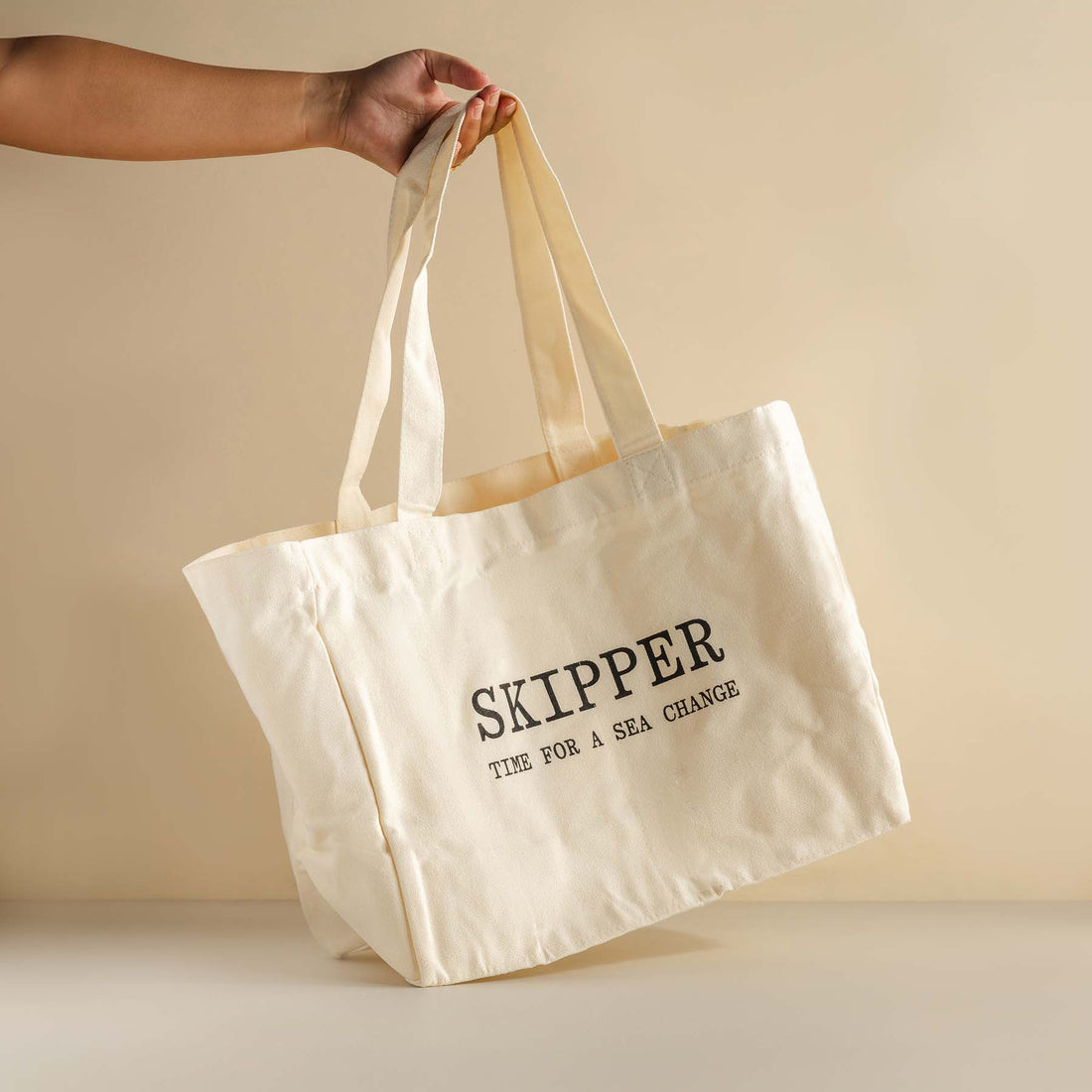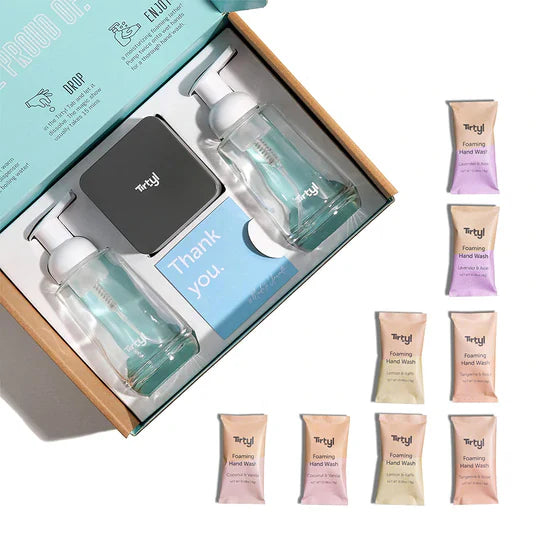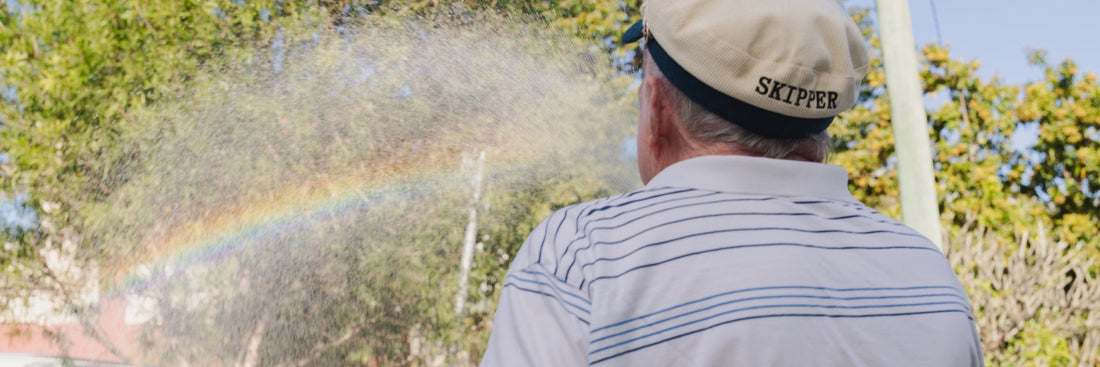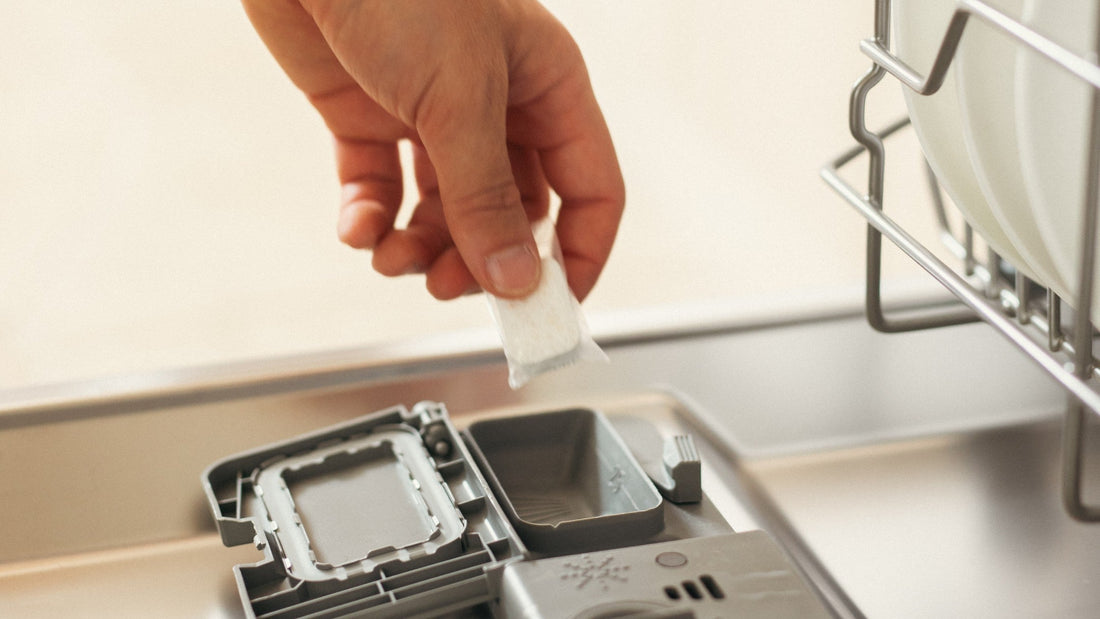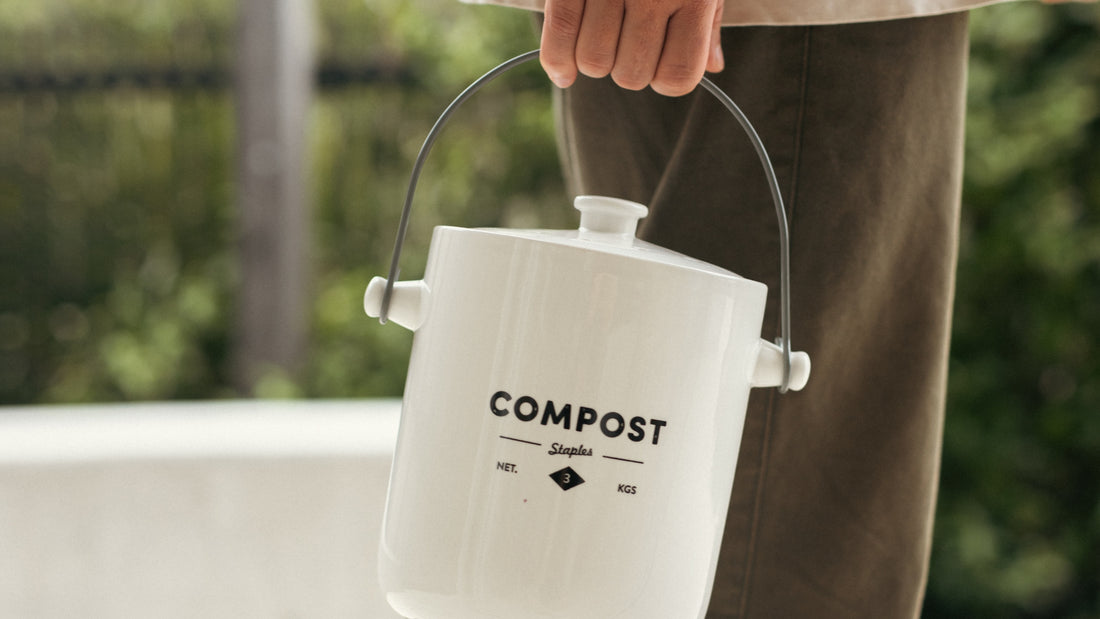
Plastic pollution is one of the fastest-growing environmental challenges in the world today. It’s estimated that about 8 million metric tons of plastic enter our oceans every year. The most common type of plastic found in the ocean is food packaging such as grocery bags, food wrappers and drink bottles. Plastic breaks down into smaller pieces called microplastics that suffocate marine life. Sewage systems are often unable to capture these microplastics, so they end up in the ocean, animals and ultimately in our food supply chains.
Given the dire implications for our planet and health, the shift towards eco-friendly packaging is becoming a focal point for various stakeholders—manufacturers, retailers, supply chain partners, and consumers alike. Packaging, an essential aspect of product marketing and brand identity, now also stands as a key area for sustainable innovation. As awareness grows, so does the responsibility to adopt Eco-friendly packaging solutions that are effective and environmentally considerate, helping to reduce the global footprint of our consumption habits.
The Startling Facts on Packaging Waste
Have you ever thought about what percentage of packaging from products regularly ends up in landfills?
- According to the World Bank, 12% of the global waste composition is plastic waste, partially consisting of plastic packaging and other plastic products and materials.
- Research conducted by National Geographic reveals that plastic trash underneath the ocean beds is expected to reach almost 29 million metric tons by 2040.
- It has also been found that almost half of these packaging wastes are generated from the food packaging industry.
These mind-boggling figures point out that it's high time both manufacturers and consumers rethink their packaging habits and shift towards sustainable and green alternatives.
What Happens to Plastic or Polymer Packaging After Use?

Most packaging materials, be it plastic sachets or single-use containers, land in landfills or ocean bottoms after use. The problem with plastic, which tends to be the majority of packaging material, is that it never decomposes. Instead, it disintegrates into minute particles called microplastics and stays on the earth's surface for millions of years.
The more we use plastic and non-biodegradable packaging materials, the more we harm the natural environment around us. It significantly increases our carbon footprint too. The sheer scale of plastic production leads scientists to predict that plastic production will account for 56 gigatons of CO2 emissions from now until 2050. When you purchase products with eco-friendly packaging, you generate significantly less household waste. This reduces your overall carbon footprint and ensures garbage doesn't end up in other parts of the environment, like rivers or the ocean. Consequently, using eco-friendly packaging helps mitigate environmental damage while resonating with consumers, and enhancing product appeal.
Eco-friendly packaging has a positive impact from an environmental perspective and product sales as it appeals to customers who feel better products packed using eco-friendly packaging materials. This growing consumer preference underscores the importance of companies adopting sustainable practices, thereby aligning their operations with eco-conscious market trends and customer expectations.
What is Meant by Eco-friendly Packaging?
Eco-friendly packaging is any packaging that's easy to recycle, safe for individuals and the environment, and made of recycled materials. It employs sustainable materials, processes and manufacturing practices with the lowest impact on energy consumption and natural resources during manufacturing. Popularly known as sustainable or green packaging, eco-friendly packaging solutions aim to:
- Lessen the amount of product packaging
- Promote the use of renewable/reusable materials
- Cut back on packaging-related expenses
- Be manufactured employing clean production technologies and best practices
- Eliminate the use of toxic materials in the production of packaging
- Provide options to recycle packages easily
The shift to eco-friendly packaging is not at all difficult and can be initiated by making some simple changes. You can easily start the process by using products like the Skipper hand soaps, laundry sheets, Skipper towels or even the universal cleaner, all packaged in regular, degradable cardboard.
Since they are made from organic and natural substances, they decompose like any other organic waste in the landfill. These can be put in the compost pile rather than adding to the natural waste your home generates. All Skipper products, be it the Skipper universal cleaner, Skipper hand soap, and even the refills themselves, are eco-friendly and help to minimise waste generation.
3 Types of Eco-friendly Packaging
The three most popular types of eco-friendly packaging include green packaging, recyclable packaging, and biodegradable packaging.
Green Packaging
Green Packaging has been growing in popularity because of lower carbon emissions and less wastage which is an important factor, considering the high costs associated with landfill garbage disposal.
Green packaging uses recycled materials such as glass and paper, which means that they can be recycled or composted. They also contain less plastic and are lighter in weight for reduced transportation costs.
Recyclable Packaging
When most people think about recycling, they think about the items in their own homes that they can recycle such as aluminium cans or paper. However, other materials can be considered when designing product packaging. Recyclable packaging is made from material such as cardboard which can be recycled when they have reached their end of life.
Whilst plastic in cases can be easily recycled, it can only be recycled once or twice before it loses its practically commercial properties. Therefore it doesn’t form a true circular loop such as glass and aluminium which can be recycled indefinitely.
Biodegradable Packaging
Unlike other types of packaging, biodegradable packaging breaks down in the environment without any assistance, which means it does not harm animals or plants that are exposed to it. Biodegradable packaging is made up of natural materials that decompose with time. This makes them a healthier alternative to traditional wrappings like foil. Most biodegradable packages are made from compressed plant starches and oils like corn starch and soybean oil.
The Advantages of Eco-friendly Packaging

Eco-friendly packaging reduces carbon footprint significantly. Your carbon footprint is the level of carbon dioxide you emit into the atmosphere. You can lower your CO2 emissions by reducing the packaging for your finished products or by shifting to recyclable or renewable items. Moreover, using compostable, recyclable and eco-friendly packaging can have a significant impact on creating a safer, healthier and greener planet. The advantages it offers are:
1. Saving in Production Costs
Packaging contributes significantly to production costs and while single-use plastic packaging is commonly used, eco-friendly packaging can lead to significant long-term savings in production costs. Since eco-friendly packages are made from plant-based and 100% natural ingredients, they also help to cut down the production, distribution and consumption of plastics.
For instance, pharmaceutical companies are now choosing eco-friendly packaging for collagen supplements and vitamins. Creating new packaging products from recycled resources can significantly save costs compared to developing new packaging materials.
2. Strengthening Brand Reputation and Brand's Image
Awareness about the impact of climate change has more consumers seeking sustainable products. Environment-conscious consumers are willing to pay more for eco-friendly products. Businesses that are committed to marketing environmentally friendly products and investing in eco-friendly packaging are more likely to improve their brand reputation and sales.
Besides, when companies adopt sustainable packaging best practices as a part of their mainstream operations, it sends a strong message to their consumers. It thus positions the brand as a sustainable and environmentally conscious one compelling them to adopt it as a 'way of life and not just a 'part'.
3. Lower Delivery Costs
Innovative use of eco-friendly packaging can minimise shipping expenses for businesses. Changing the form factor of packaging to reduce waste, such as extra weight and volume reduces shipping emissions, and costs too.
Often, these cost savings are passed onto consumers. That’s why at Skipper, for example, all refills are shipped to customers with FREE shipping Australia-wide.
4. Encourages More Consumers to Go Green
One of the main reasons for the growing waste on the planet is the limited opportunities available for sustainable living. Most products are wrapped in single-use plastic or another non-reusable packaging. If more companies invest in eco-friendly packaging, it will encourage more people to choose a greener lifestyle. Eco-friendly packaging also allows consumers to have allergen and toxin-free packaging for their products.
While consumers and governments are slowly adapting & changing, we encourage the private sector & businesses to take a stronger stance given their influential positions.
5. Health Benefits of Eco-Friendly Packaging
A Current Environmental Health Reports 2015 review suggested that chemicals which are used in plastic packaging cause allergic reactions, commonly from phthalates and bisphenol A (BPA). Eco-friendly material is generally non-toxic and the packaging is free from harmful chemicals.
Eco-friendly components used in packaging reassure consumers concerned about the impact of harmful chemicals coming in contact with their skin or digestive system and that the business genuinely cares about their well-being.
Final Thoughts

There is no denying that eco-friendly packaging is not just essential but also inevitable in the present. The lack of concern towards our environment has been causing detrimental effects on the overall well-being of life on the earth's surface. Waste generated from packaging alone contributes to a massive chunk of environmental pollution, plastics being a major contributor. Using green packaging material is one of the many things we could do to create a healthier environment than the one we currently live in.
While many companies have started shifting to greener packaging, they often don't go far enough. Skipper is committed to a better future for the planet by ensuring both products and packaging are eco-friendly. For example, hand soap tablet wrappers are 100% home compostable and can be safely disposed of in the home or community compost or landfill. They decompose completely and don’t cause any damage to the earth. It’s a small but important way in which the business contributes to an environmentally safer future for the world.













































